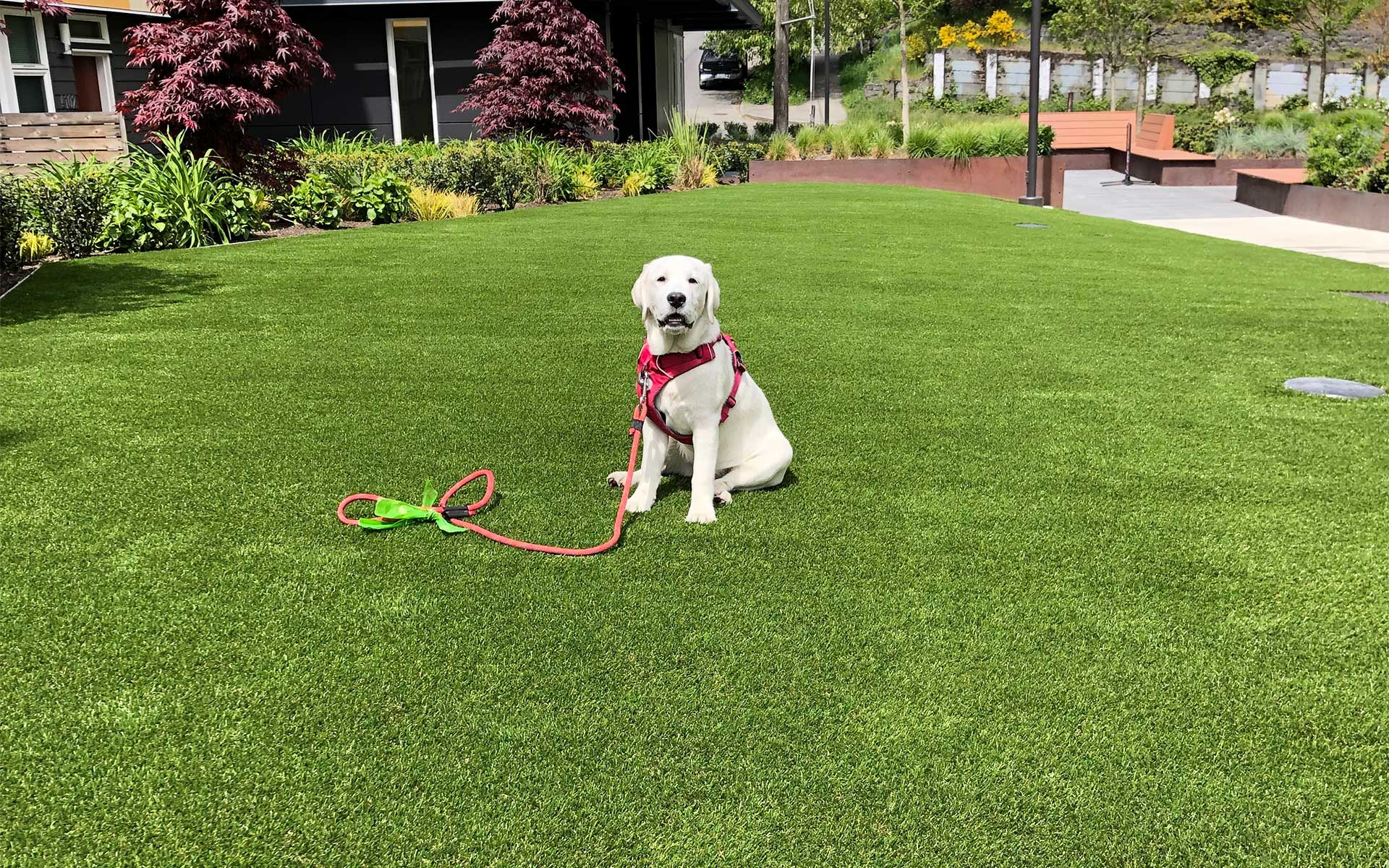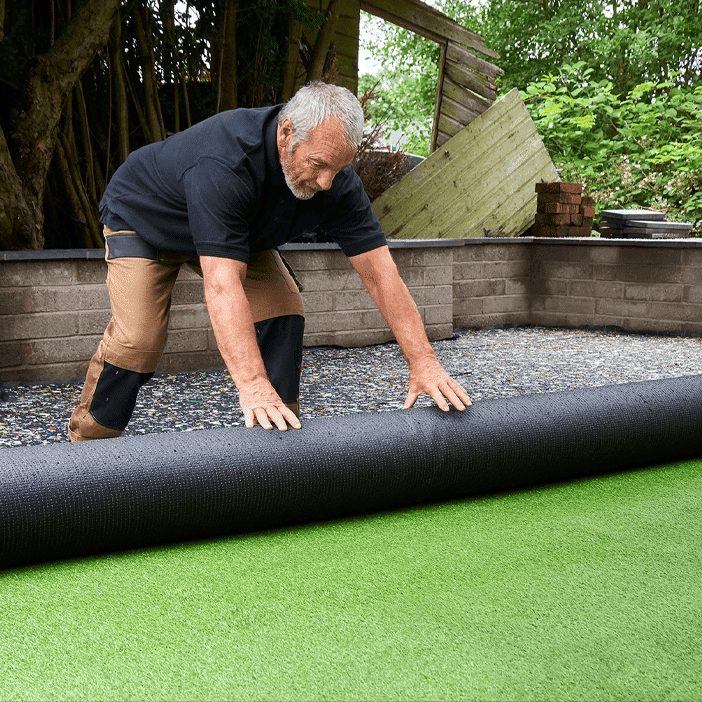Find the Leading Turf Installation Phoenix AZ Solutions for Your Home or Commercial Property
Find the Leading Turf Installation Phoenix AZ Solutions for Your Home or Commercial Property
Blog Article
Explore the Environmental Conveniences of Opting for Artificial Grass Solutions
The fostering of fabricated turf solutions provides a compelling possibility to attend to pushing ecological challenges. By dramatically decreasing water use and minimizing the application of hazardous chemicals, these options not only promote sustainable landscape design but likewise secure local environments. The lower carbon footprint connected with decreased upkeep activities adds to a more sustainable strategy to land management. Nevertheless, the implications of these advantages expand beyond mere conservation initiatives, increasing questions regarding their long-term influence on environment preservation and general ecological equilibrium. Exploring these dimensions discloses a complex interplay worth thinking about.
Water Preservation Advantages
One of the most substantial advantages of man-made grass is its capability to save water. In comparison, artificial turf does not need watering, considerably minimizing the general demand for water resources.
By getting rid of the requirement for normal watering, synthetic lawn adds to sustainable landscape methods and aids mitigate the ecological effect of too much water consumption. In addition, the preservation of water extends to the reduction of overflow, which can lead to dirt disintegration and waterway pollution.
In addition, the installment of man-made turf allows house owners and districts to allocate water resources a lot more efficiently, concentrating on important uses such as alcohol consumption water and farming. The change in the direction of synthetic lawn not just advertises accountable water use but also aligns with broader environmental objectives targeted at protecting natural resources.
As areas increasingly focus on sustainability, the water preservation advantages of synthetic grass provide a compelling situation for its adoption in household and business landscaping tasks.
Lowered Chemical Use
The change to synthetic grass considerably lowers the reliance on chemical therapies frequently used in all-natural lawn maintenance. Traditional turf administration commonly includes the application of herbicides, pesticides, and plant foods to advertise growth and control parasites. These chemicals can position risks to human health, regional wild animals, and the atmosphere, contributing to dirt and water contamination.
In contrast, man-made lawn eliminates the need for these unsafe substances. By reducing the launch of synthetic substances right into the ecosystem, artificial grass promotes healthier dirt and water systems.
Additionally, the lack of chemical drainage associated with synthetic grass setups assists shield neighborhood rivers from pollution, sustaining marine life and keeping biodiversity. Arizona artificial turf. As communities significantly focus on sustainable practices, choosing synthetic grass offers a sensible solution that aligns with environmental preservation objectives. Via this change, residential property proprietors can delight in lavish environment-friendly areas without jeopardizing ecological health and wellness, leading the way for an extra lasting future
Reduced Carbon Footprint

Moreover, the installment of man-made lawn can result in considerable water conservation. All-natural lawns need substantial quantities of water for irrigation, which not just includes in the carbon footprint connected with water removal and therapy but also pressures local water resources. In comparison, synthetic grass requires minimal maintenance, needing no watering, thereby dramatically reducing water usage and its associated power costs.
Additionally, the durability of synthetic grass adds to its decreased carbon effect. With a lifespan of approximately 15 years or even more, the requirement for regular substitutes is decreased, leading to less waste and lower energy consumption in production and taking care of traditional turf options. Overall, synthetic grass provides a lasting alternative for environmentally mindful landscaping.
Environment Conservation
Habitat preservation is a crucial consideration in the argument over landscape design choices, specifically when contrasting synthetic lawn to all-natural lawn. Natural yard yards frequently require extensive upkeep, including using chemicals, plant foods, and herbicides, which can negatively impact neighborhood communities. These chemicals can seep into the soil and rivers, hurting native flora and animals and interfering with neighborhood environments.
On the other hand, synthetic grass presents a possibility to minimize the ecological impact of landscaping. By going with artificial turf, property owners can decrease the disruption of natural environments associated with standard lawn treatment practices. Fabricated turf gets rid of the need for hazardous chemicals, therefore protecting close-by wild animals and preserving the honesty of bordering environments. The installation of fabricated grass can lead to the conversion of former turf locations into even Phoenix turf companies more biodiverse landscapes, such as pollinator yards or indigenous plant areas, which can support regional wild animals.
Eventually, the shift to fabricated turf not just preserves water and minimizes upkeep initiatives yet likewise promotes a more unified connection between human tasks and the native environment, promoting habitat preservation in the procedure.
Long-Term Sustainability
Long-term sustainability is an important variable in evaluating the advantages of synthetic grass over typical lawn lawns. Among one of the most considerable advantages of synthetic grass is its resilience; it can last approximately 15-20 years with very little maintenance, whereas all-natural turf calls for regular reseeding and substitute. This durability reduces the demand for consistent resources, such as water, plant foods, and pesticides, which are essential for preserving a healthy and balanced grass yard.
Furthermore, synthetic grass contributes to a reduction in carbon exhausts associated with yard treatment devices. Conventional grass frequently call for gas-powered lawn mowers, trimmers, and blowers, all of which add to air pollution. Phoenix turf companies. On the other hand, synthetic grass gets rid of the demand for such devices, promoting a cleaner atmosphere
Additionally, the manufacturing of synthetic grass increasingly utilizes recycled materials, improving its sustainability profile. As makers take on green practices, the ecological impact of synthetic grass continues to reduce.
Verdict
The fostering of synthetic grass solutions presents significant ecological benefits, consisting of significant water preservation, lowered reliance on unsafe chemicals, and a lower carbon impact. In addition, synthetic grass aids in preserving natural habitats by lessening land disturbance and promoting lasting sustainability with the usage of sturdy materials. Collectively, these factors emphasize the possibility of synthetic grass to contribute favorably to environmental wellness and provide a practical alternative to traditional landscape design methods in a progressively resource-conscious world.
In comparison, synthetic look here turf does not require watering, dramatically minimizing the overall need for water resources. By decreasing the release of artificial compounds right into the environment, artificial grass promotes healthier soil and water systems.
In addition, the setup of fabricated grass can result in substantial water preservation. In contrast, man-made lawn needs very little maintenance, needing no watering, therefore substantially minimizing water usage and its linked energy expenses.

Report this page